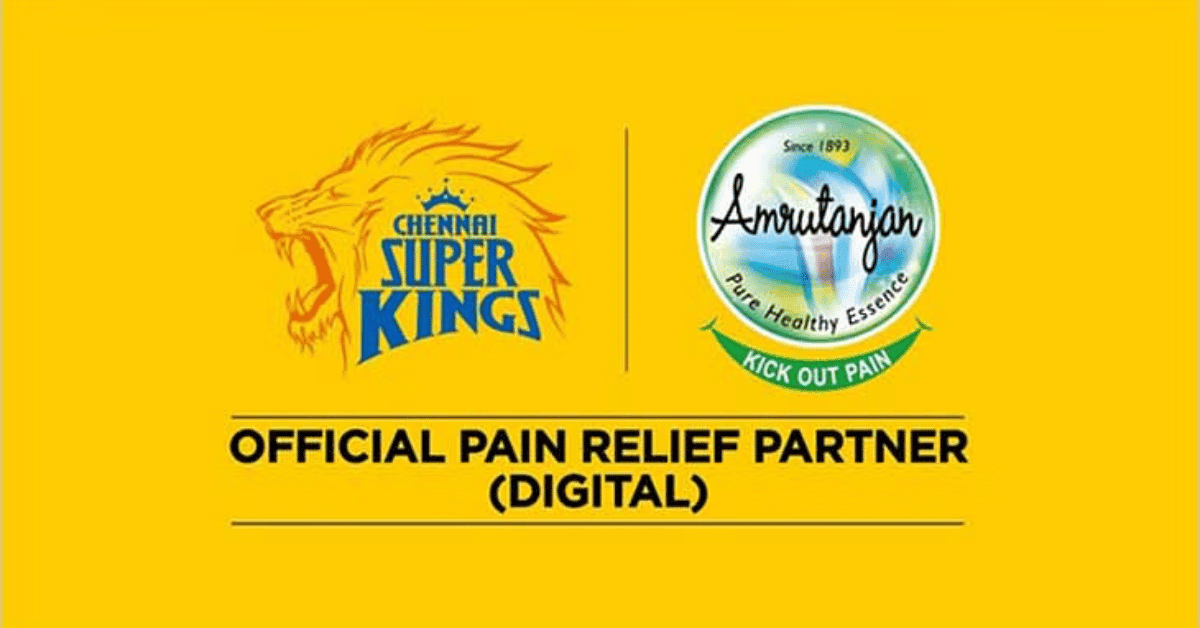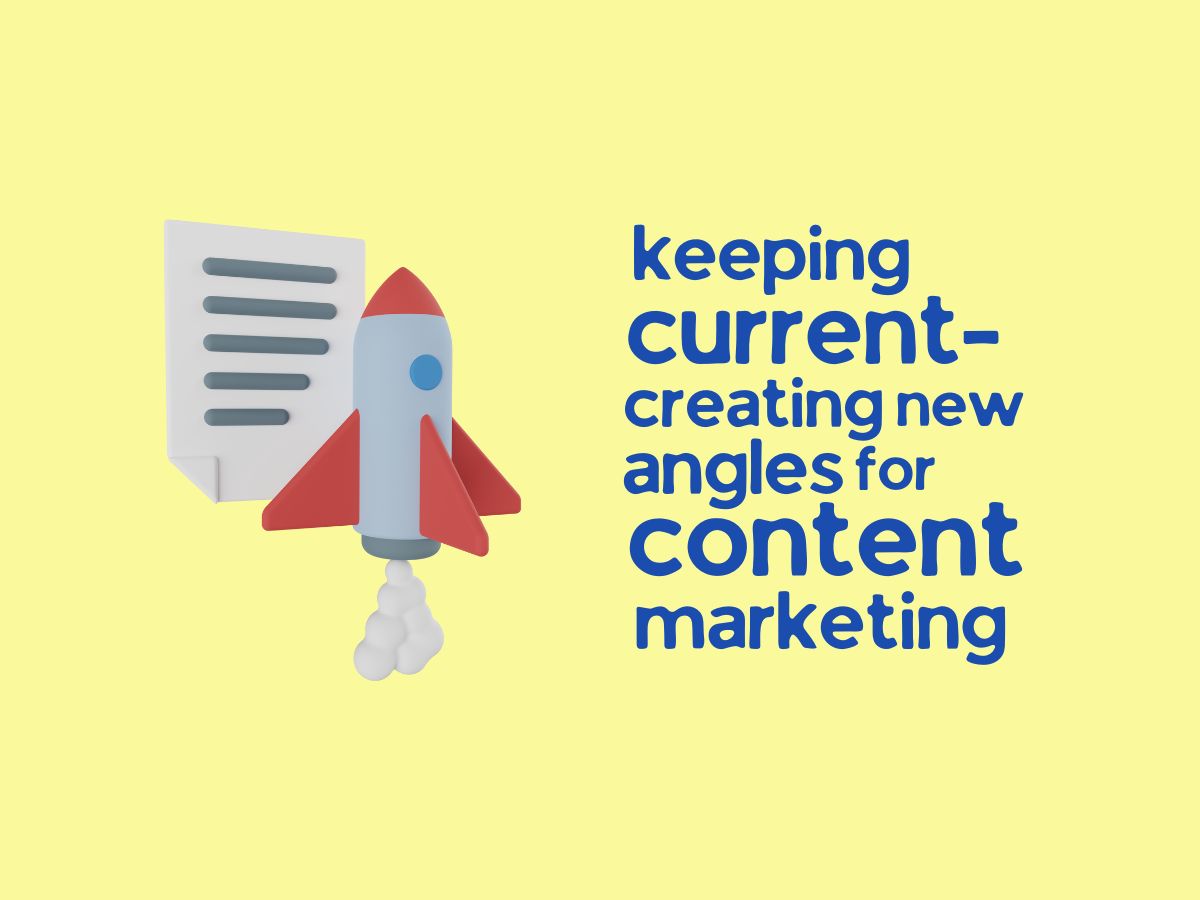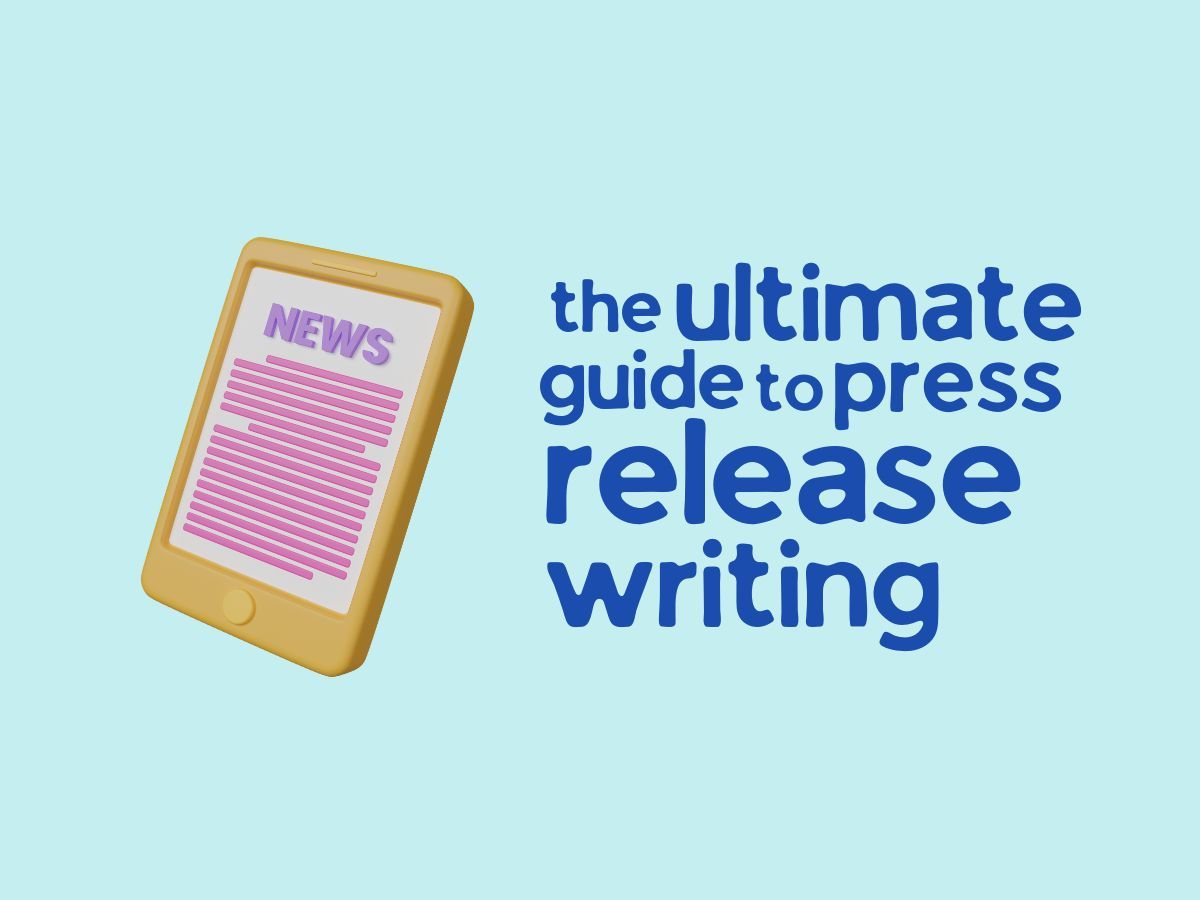In the year 2000, Google ads started as a small venture with merely 350 customers, snap back to 2022, the company’s raking in $54 billion in the first quarter of the financial year.
Google Ads, formerly Google AdWords, with over a billion users has become a large competitive playground for businesses around the world. To decide if your ad is worth ranking above organic results, Google goes through your Quality score.
Your quality score times your pay-per-click bid equals the Google Ad rank. But what is a quality score? Well if that’s your first question, you’re on the right track, here are answers to 4 FAQs about Google Ads quality score.
- What is a quality score?
- What are the different types of quality scores?
- Why are they important?
- How to improve your quality score?
- What is a quality score?
Essentially, a quality score is an average of multiple factors which simply display your relevance with user intent and your performance concerning content quality. Quality score will ultimately decide where your ad ranks on the Google search result page.
Here are the factors responsible for your quality score:
Expected CTR – If your content is appealing, it has a higher chance of being clicked on, which later translates to your Click Through Rate (CTR). The expected CTR of your page is one core factor for your quality score.
Landing page UX – Once the user clicks on your ad, the experience of the user while navigating through your webpage will decide if the user stays or leaves your site. As a rule of thumb, the first page or the landing page should be the point of attraction in your ad.
Relevance – Having a beautiful UX is not enough, the primary goal here is meeting the user’s intent and for that, your page should be relevant enough for the user. Your page should deliver what it seemingly promised in the ad.
The quality score is also an indicator of the effectiveness and future success of your ad. It can also be an indicator of possible improvements that might be required.

- What are the different types of quality scores?
Now that you know the factors that affect your quality score, let’s see what kind of different quality scores exist. Here are the various types of it, talked about in more detail.
Keyword quality score
This is the one you’re all familiar with, keywords are nothing less than the backbone of a good ranking page. They primarily decide the ranking of your site on the first page of search engine results.
It works exactly how it sounds, keyword quality score is decided by the number of users using your keywords to reach their desired results. The ranking of your current keywords will decide the ranking of your ad.
The ranking of keywords is also dependent on multiple factors like the relevance to the user intent and expected click-through rates of the keyword.
Landing page quality score
CTRs are useless if the retention on your page is poor, so Google determines your content quality by testing your landing page relevance. The conversion of a user to a customer is heavily dependent upon this quality score.
Ease of navigation and transparency of policies are factors that will decide if the user stays on the page or leaves. Your page should be unique, and informative and provide quality content in a concise format to save the user valuable time.
The user should be assured that the ad they clicked on, displays and delivers what it promised, and this eventually builds brand loyalty in new users.
Mobile quality score
More than half the world’s total internet traffic is from mobile devices and these count for phones, tablets, and other similar devices. This said it becomes a core factor to give you a quality score.
These are also the only devices that consider the location of the device as a decisive factor. Therefore, your ad ranking might be different on a mobile device than on a web browser.
Account level quality score
While Google doesn’t approve of this quality score officially, many experts believe that it exists. ALQS seems to be an accumulation of all the other QS and judges the overall response and performance of your site.
The accounts that are older and more consistent seem to rank higher than the newer advertisers, even if the strategies are the same. This made marketers believe that there’s this one more ranking factor that judges consistency and account quality level.
Ad group quality score
The Ad group quality score can be taken as the official version of ALQS, the only difference being that it’s a kind of feedback-based QS. How the site is perceived and accepted by the audience are the factors that affect AGQS.
This lets you differentiate between poor-performing ads and ads that are performing well overall. By putting more effort into poor-performing ads, you can improve your overall average. This clearly proves that QS doesn’t rely solely on keywords.
- Why are Quality scores important?
Google’s pride lies in its user base and customer loyalty, therefore keeping its users satisfied is its foremost responsibility. Quality score signifies the relevance with user intent to Google.
To keep its customers satisfied, Google will rank those Ads which will be the most productive for the user. QS is also the deciding factor for the success of your page regardless of Google’s inclination towards user satisfaction.
46% of total Ad clicks are on the first 3 ads of the first page of Google search results, states SEO tribunal. The key to ranking in those first three lies in your QS.
- How to improve your quality score?
Knowing the importance of a quality score, it’s equally important to know how to improve it and rank on the top charts. It should be noted that improving your QS involves much more than prioritizing keywords and ad groups.
Here are a few ways you can improve your QS, a few of them or a combination of all might suit your business well, go through them and you’ll know what works the best for you:
Ad groups and keyword structure
Ad groups are a set of keywords that are similar in context and fit into the same bracket of a particular target product. Take, for example, the Parker Vector Gold fountain pen, if a user is searching for this product, it will be put into several product brackets.
Fountain pen, Parker pen, Premium fountain pen, and refillable fountain pen would be some common product brackets that this product will be classified into. Keyword structuring focuses more on individual ad groups and their optimization.
Taking the same example, the product Parker Vector Gold fountain pen can be understood as a particular series of pens by a brand, Parker. So breaking down the name of the product into distinct keywords will make it easier for your product to be found. The keywords can be formed in this format – Parker, Parker vector, Parker vector Gold.
Optimal headlines
Apart from inserting keywords in headlines, you can opt to add location. Adding the user’s nearest possible locations will make the ad more relevant to the user. Another tactic could be adding a countdown timer to sales and special discounts, it creates a sense of urgency.
Data reports and statistics
Impression share is the number of times your ad is viewed versus the number of times it was expected to be seen. Analyzing the reports after your ad goes public and calculating the impression share tells you whether your ad is performing the way it should or not.
Negative keywords
While using the right target keywords is important, it’s equally important to terminate the possibility of a user landing on your page for a different purpose. Marking keywords that are not related to your site is important so that an unintended user doesn’t leave with a negative experience on your site.
Landing page
Optimize your landing page to grab the user’s attention at the first glance. The promise should be kept, that is, what the user saw on your ad, should be present on your landing page. The keywords being searched should be visible on your landing page.
Moreover, the page should provide value to the user and their intent should be fulfilled. Presenting the user with the exact link-ups to their desired sections of your site will earn loyalty. If the user intent is fulfilled, your bounce rate will automatically decline and will be marked more relevant by Google.
Site speed
Navigating through your site should be smooth and easy. According to Marketing Dive, 53% of users abandon the site right away if it fails to open in the first 3 seconds. Slow speeds will increase your bounce rate and thus cut down your quality score.
Using Google’s free site speed tool you can analyze your site speed and work on the further improvements needed to make it better. Site speed can make a ton of difference and can be the gap between user and conversion, so work on it carefully.




















